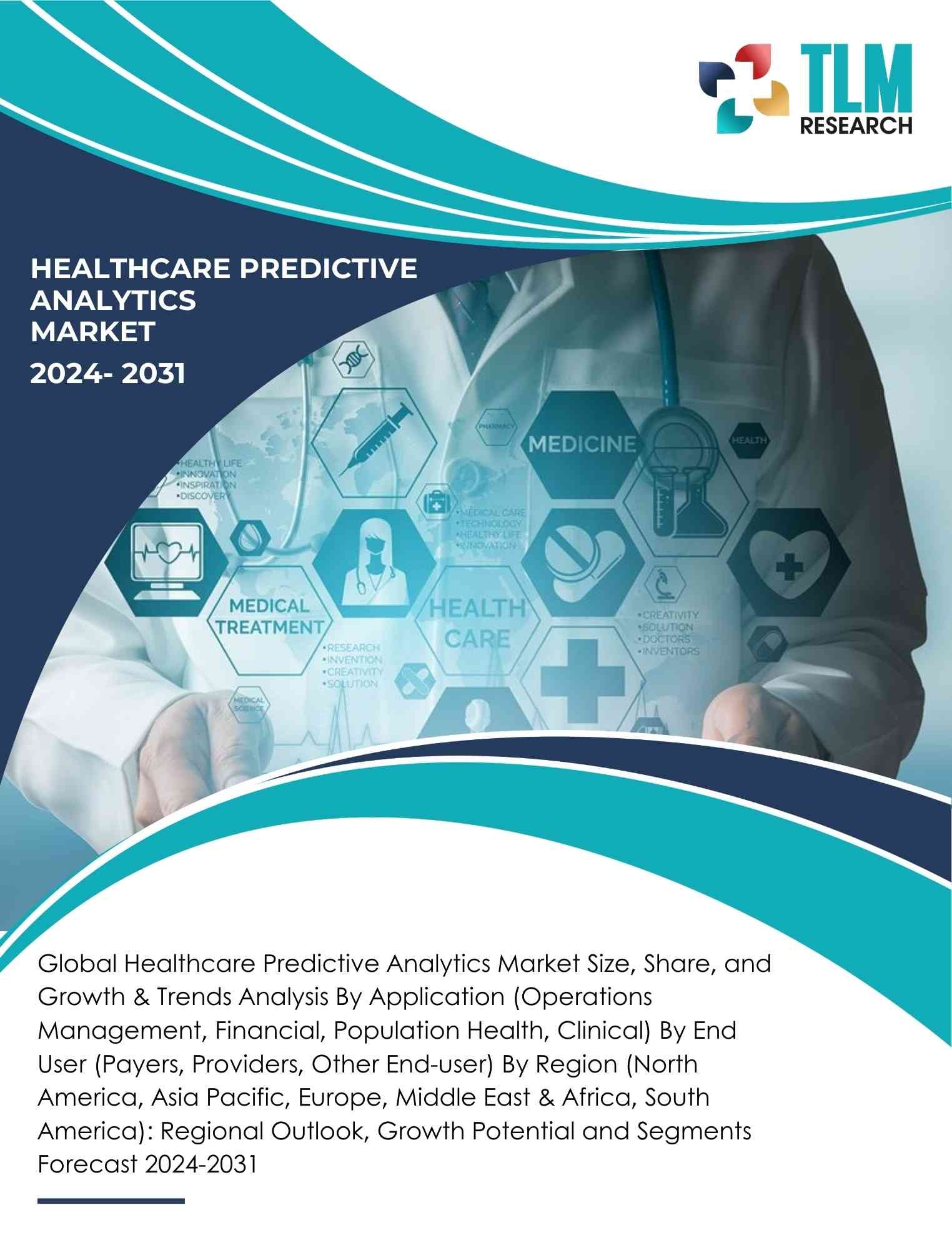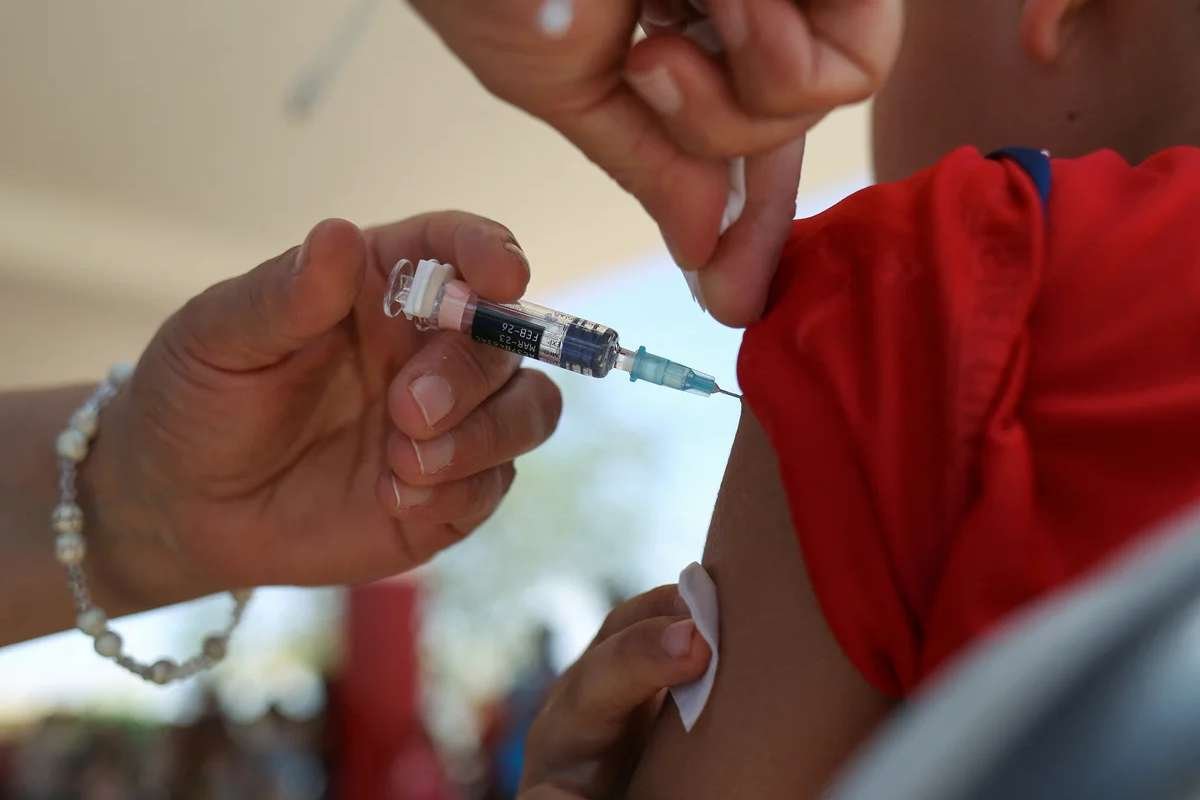Description
The Global Healthcare Predictive Analytics Market size was USD 11.7 billion in 2023 and is projected to reach USD 32.2 billion by 2031, with a CAGR of 24.4 % during the forecast period.
Healthcare Predictive Analytics Market Overview:
The global healthcare predictive analytics market is experiencing significant growth, driven by advancements in technology and a shift towards personalized medicine. Key innovations include the integration of machine learning and global positioning systems (GPS), which enhance data collection and analysis by predicting healthcare outcomes through extensive datasets encompassing patient histories, lifestyle choices, and genetic information. Personalized medicine is gaining traction, tailoring treatment plans based on individual patient data to improve outcomes and reduce costs associated with unnecessary treatments, thus boosting demand for predictive analytics solutions.
Innovations in clinical data analytics allow healthcare providers to estimate health risks more accurately and enhance post-operation care by using historical medical data to predict potential complications and improve preventive strategies. The trend towards evidence-based medicine, utilizing electronic health records (EHRs) to guide treatment decisions and optimize resource allocation, is increasingly prevalent, contributing to improved patient care and reduced healthcare costs. Regionally, North America dominates the market due to its robust healthcare infrastructure and high adoption rates of advanced technologies, supported by substantial investments in healthcare IT.
Conversely, Asia Pacific is poised for the fastest growth, driven by increased healthcare digitization and investments in predictive analytics technologies, focusing on innovative solutions to address the rising burden of chronic diseases. Overall, the healthcare predictive analytics market is rapidly evolving, with technological advancements and a growing emphasis on personalized care expected to enhance patient outcomes, streamline healthcare operations, and reduce costs, establishing predictive analytics as a vital component of modern healthcare systems.
Healthcare Predictive Analytics Market Dynamics:
Growth Drivers
-
Increasing adoption of electronic health records (EHRs)
The widespread adoption of Electronic Health Records (EHRs) across healthcare systems globally is a significant growth driver for predictive analytics. EHRs provide vast amounts of patient data that can be analyzed to identify patterns, predict outcomes, and improve patient care. This data-driven approach helps healthcare providers to personalize treatments, enhance decision-making, and reduce costs. Moreover, governments and healthcare organizations are increasingly mandating the use of EHRs, further accelerating their adoption and creating a substantial demand for predictive analytics solutions.
-
Advancements in Machine Learning and AI:
The continuous advancements in machine learning (ML) and artificial intelligence (AI) are propelling the healthcare predictive analytics market forward. These technologies enable the development of sophisticated algorithms that can process and analyze large datasets with high accuracy. AI and ML facilitate early detection of diseases, predict patient outcomes, and optimize treatment plans. These advancements not only enhance the precision of predictive analytics but also make it more accessible and scalable, driving widespread adoption in the healthcare sector.
-
Growing emphasis on personalized medicine
The shift towards personalized medicine is a crucial growth driver for predictive analytics in healthcare. Personalized medicine involves tailoring medical treatment to the individual characteristics of each patient. Predictive analytics plays a vital role in this by analyzing genetic, environmental, and lifestyle data to predict disease risk and treatment response. This approach leads to more effective and targeted therapies, improving patient outcomes and reducing adverse effects. The increasing demand for personalized medicine is driving healthcare providers to adopt predictive analytics tools to better understand and predict patient needs.
Restraining Factor
-
Data integration and interoperability issues
One of the major challenges in the healthcare predictive analytics market is data integration and interoperability. Healthcare data is often siloed across various systems and formats, making it difficult to consolidate and analyze. The lack of standardized data formats and interoperability between different healthcare IT systems complicates data sharing and integration. This challenge hampers the ability to perform comprehensive predictive analytics and derive meaningful insights. Overcoming these issues requires significant investment in technology and collaboration among stakeholders to develop and adopt standardized data exchange protocols.
Opportunity Factor
-
Integration with IoT and wearable devices
The integration of predictive analytics with the Internet of Things (IoT) and wearable devices presents a significant opportunity for market growth. Wearable devices and IoT sensors continuously collect real-time health data, such as heart rate, blood pressure, and glucose levels. By analyzing this data, predictive analytics can provide early warnings about potential health issues, monitor chronic conditions, and suggest preventive measures. This integration can enhance patient engagement and enable proactive healthcare management, leading to better health outcomes and reduced healthcare costs.
-
Expanding applications in population health management
Predictive analytics has substantial potential in population health management, offering a promising opportunity for market expansion. By analyzing large datasets across populations, predictive analytics can identify trends, risk factors, and outcomes, enabling healthcare providers to implement targeted interventions and improve overall health outcomes. This approach can help in managing chronic diseases, reducing hospital readmissions, and optimizing resource allocation. As healthcare systems increasingly focus on value-based care and preventive measures, the demand for predictive analytics in population health management is expected to rise significantly.
Segment Covered in the Report:
-
Application
- Operations Management
- Financial
- Population Health
- Clinical
- Others
-
End User
- Payers
- Providers
- Other End-user
Global Healthcare Predictive Analytics Market: Regional Insights
The healthcare predictive analytics market in North America is experiencing significant growth due to the increasing adoption of advanced analytics solutions to enhance patient outcomes and operational efficiency. Driven by the rising prevalence of chronic diseases, aging population, and the need to reduce healthcare costs, healthcare providers are leveraging predictive analytics to anticipate patient needs, optimize resource allocation, and improve clinical decision-making.
Key technologies include machine learning, artificial intelligence, and big data analytics, which enable the analysis of large datasets to identify patterns and predict future trends. The market is further bolstered by supportive government initiatives and the growing demand for personalized medicine. Major players in the industry are investing in innovative solutions to gain a competitive edge, while collaborations between healthcare providers and technology firms are fostering the development of advanced predictive models.
The adoption of electronic health records (EHRs) and other digital tools is also facilitating the integration of predictive analytics into healthcare systems, contributing to improved patient care and operational efficiencies. As a result, the North American healthcare predictive analytics market is poised for continued expansion, offering substantial opportunities for stakeholders across the healthcare ecosystem.
Asia Pacific healthcare predictive analytics market is experiencing significant growth driven by increasing healthcare expenditures, a rising prevalence of chronic diseases, and advancements in data analytics technologies. Governments across the region are investing in healthcare infrastructure and digital health initiatives to improve patient outcomes and reduce costs.
The adoption of electronic health records (EHRs) and the integration of big data in healthcare systems enable more accurate and timely predictions of disease outbreaks, patient admissions, and treatment outcomes. Countries like China, India, and Japan are leading the charge, leveraging predictive analytics to enhance personalized medicine, streamline operations, and optimize resource allocation.
Additionally, the growing aging population and the surge in health data generated from wearable devices and mobile health apps are fueling the demand for predictive analytics solutions. Key players in the market are focusing on collaborations, mergers, and acquisitions to expand their product offerings and improve their market presence. Challenges such as data privacy concerns and the need for skilled professionals to analyze complex data sets are being addressed through regulatory frameworks and educational initiatives. Overall, the Asia Pacific healthcare predictive analytics market is poised for robust growth, transforming the healthcare landscape in the region.
Recent Developments:
- In May 2024, the healthcare industry’s leader in conversational AI and digital engagement solutions, mPulse, reported robust growth across all business areas in Q1 2024 compared to Q1 2023. A new category within the digital health ecosystem was established by the company’s announcement of the introduction of its omnichannel engagement and integrated predictive analytics product capabilities.
Key Market Players:
- IBM
- Cerner Corp.
- Verisk Analytics, Inc.
- McKesson Corporation
- SAS
- mPluse
- Oracle
- Allscripts
- Optum, Inc.
- MedeAnalytics, Inc.





